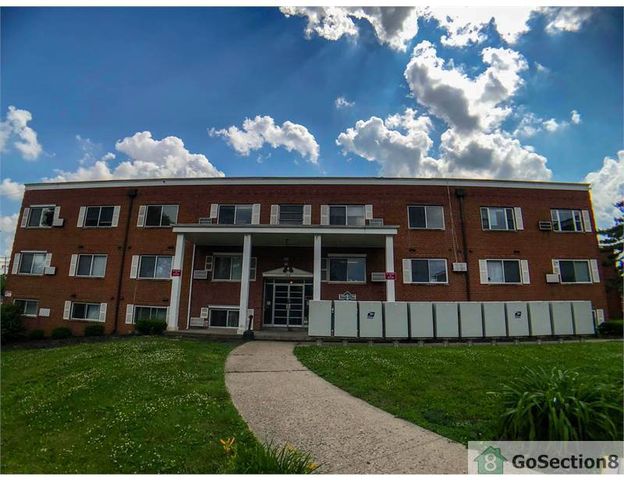
Over twenty years, smallpox and influenza epidemics reduced the Sirionó population from 3,000 to just 150 – a 95 percent loss in one generation. They weren’t just nomadic hunters, either – they lived in villages and also grew crops. In the early 1920’s, the Beni had been home to around 3,000 Sirionó Indians. Holmberg wasn’t entirely wrong: the Sirionó really did lead extremely tough lives during the time that he spent with them. The key message here is: Scholars studying native cultures have often missed the forest for the trees. Today, though, a new picture is emerging. For decades, Holmberg’s verdict was the scholarly consensus. Until the arrival of Europeans, he adds, life must have been like this across the Americas. He concludes that they’re living examples of humans in what he calls “the raw state of nature.” Like their ancestors, they eke out a tough existence in a hostile world that they lack the tools to change. As far as Holmberg can tell, they have neither art nor religion they don’t count or farm. His account paints a bleak picture.Ĭonstantly hungry and wet, they move among makeshift camps and hunt game with crude longbows.

He’ll spend two years with them before publishing a book about their lives. Holmberg is here to study a local Indian group called the Sirionó. Allan Holmberg, a young American anthropologist, has just arrived in the Beni, a vast savannah stretching from the Andes to the Amazon. Challenging and surprising, this a transformative new look at a rich and fascinating world we only thought we knew.Northeast Bolivia, 1948. Indeed, Indians were not living lightly on the land but were landscaping and manipulating their world in ways that we are only now beginning to understand. Mexican cultures created corn in a specialized breeding process that it has been called man’s first feat of genetic engineering. The astonishing Aztec capital of Tenochtitlan had running water and immaculately clean streets, and was larger than any contemporary European city. Mann radically alters our understanding of the Americas before the arrival of Columbus in 1492 in this groundbreaking work of science, history, and archaeology in this updated and expanded 2nd edition.Ĭontrary to what so many Americans learn in school, the pre-Columbian Indians were not sparsely settled in a pristine wilderness rather, there were huge numbers of Indians who actively molded and influenced the land around them.


 0 kommentar(er)
0 kommentar(er)
